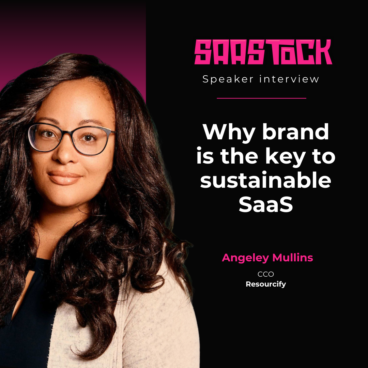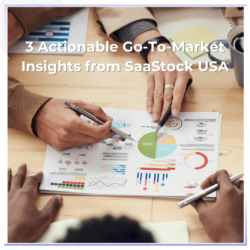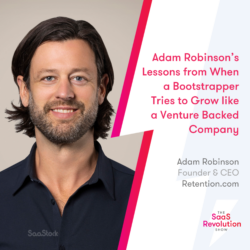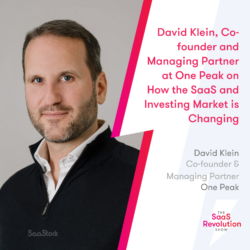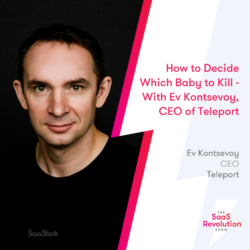Angeley Mullins is heading back to SaaStock Europe this October to share how SaaS companies can turn brand into a revenue driver.
Angeley has a wealth of experience building brands through to IPO at companies including Quickbooks, GoDaddy, Amazon, and now as CCO at B2B sustainability and digital waste platform Resourcify.
We caught up with her ahead of the event to get her take on some of the challenges our community is facing, including managing increased competition, getting in front of the right prospects, and using marketing channels effectively.
Positioning yourself for growth
Increased competition is a common theme in our conversations with the SaaStock community–as leaders vie for market share in crowded spaces.
Angeley explained why this has become more of a challenge and how it’s different to competition we’ve seen before:
“We’ve come out of the hypergrowth era and it’s forced companies to really pinpoint stable and predictable revenue streams. It’s caused a levelling out that exposes the companies that have product market fit and a stable revenue engine, and those that don’t.”
As a result, SaaS businesses are facing a different kind of competition–away from pricing and features. Winning now is about whether or not you’re positioned for growth. That is whether or not you have that solid product market fit (PMF) and a working ideal customer profile (ICP).
The mistake B2B SaaS companies make
Positioning yourself for growth in this way requires something that Angeley finds founders neglect early on.
Brand.
A strong brand can increase revenue by up to 23% yet early stage founders – in the throes of startup life with targets to hit and investors to please – only turn to brand when performance marketing strategies fail.
Prior to that point it’s a turbulent journey:
“As you spend, leads go up but then you don’t spend and it goes down, so it’s like a little roller coaster ride. Then what happens is you get into what I call the inherent angry lead monster that you constantly have to feed. But early stage startups don’t have the budgets to consistently do that. And then they hit this wall, usually after the second or third cycle of doing this. And that’s when they go back to the basics of brand building and pairing that with their ICP.”
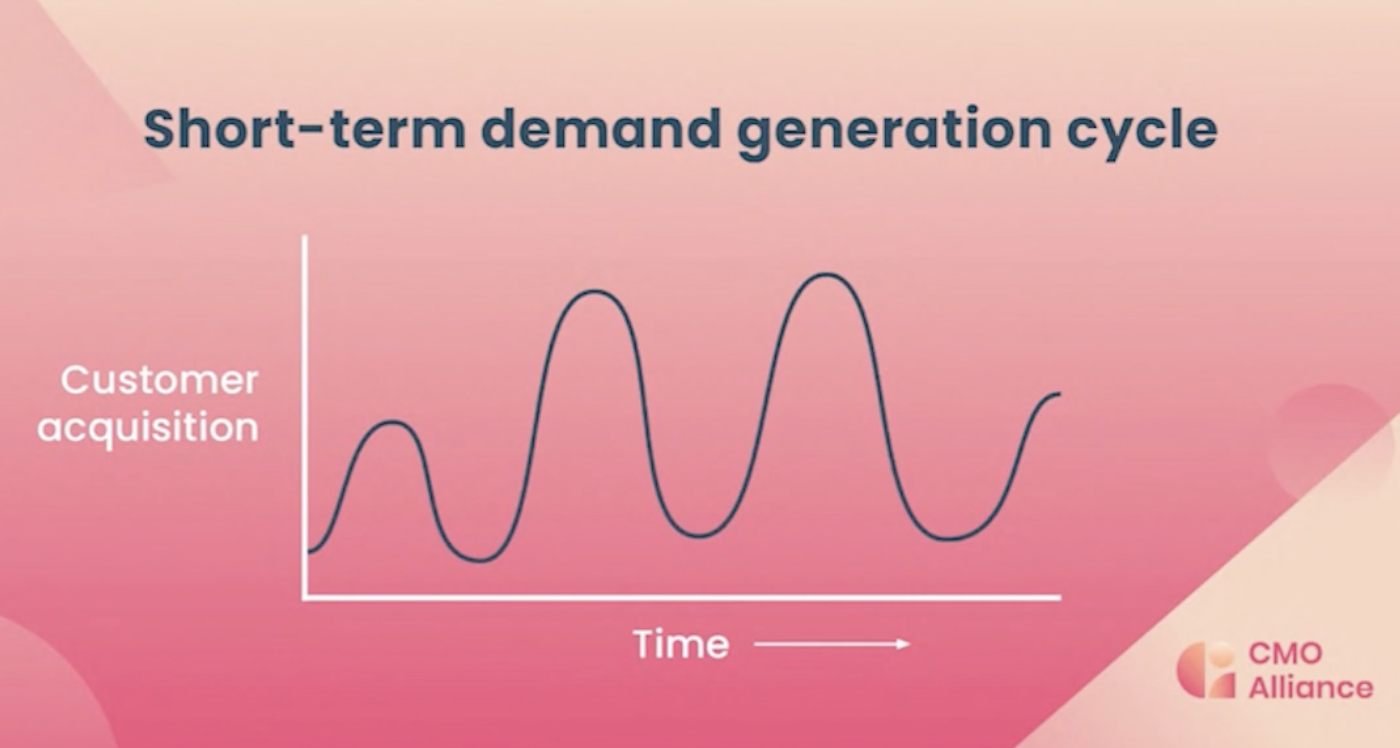
(Source: CMO Alliance)
This short term demand cycle eventually forces companies back to the fundamentals. That is, looking at their product as more than a set of features and really understanding their ICP. For Angeley, founders need to recognise the benefits of long term thinking and focus on brand early on:
“Understand that you’re not going to get the complete ROI for a long time but it’s going to be the slow line that consistently goes up while you’re doing your rollercoaster ride of everything that goes up and down.”
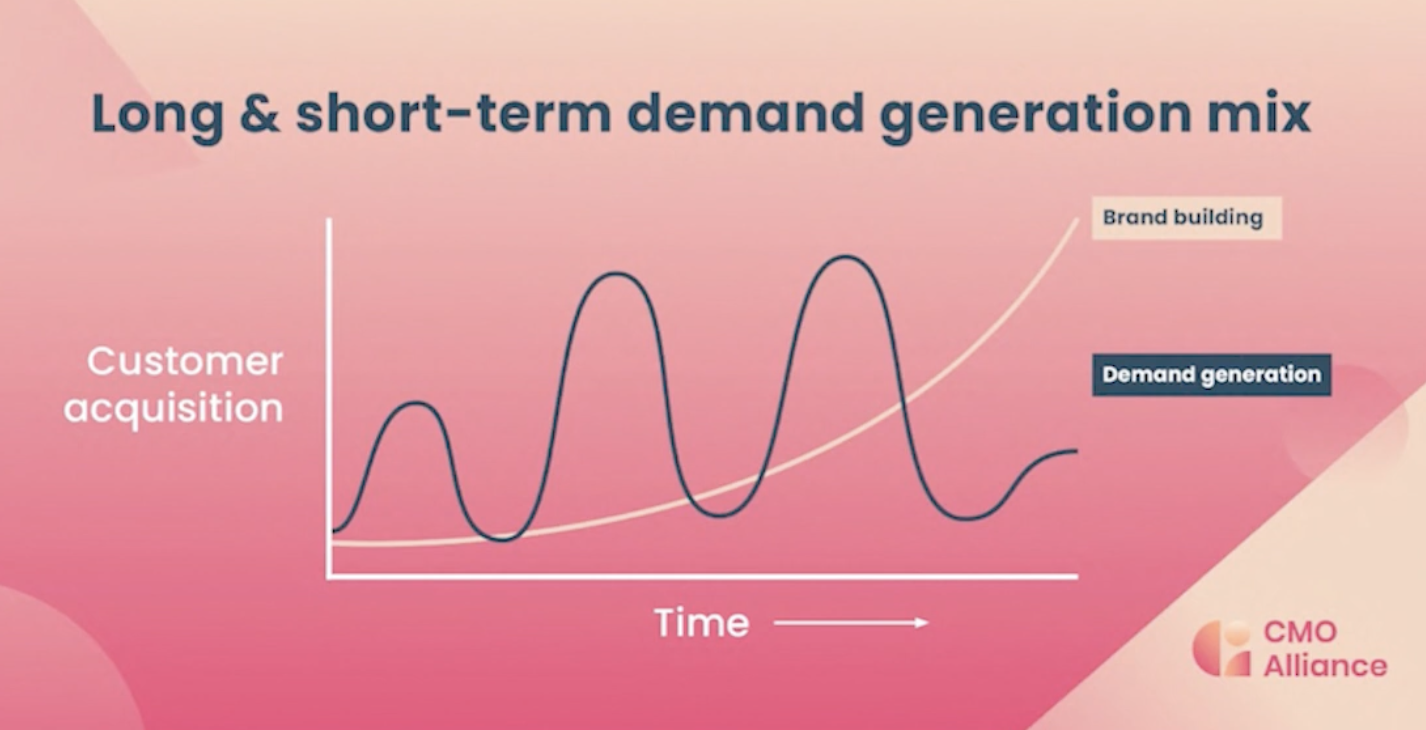
(Source: CMO Alliance)
The basics of brand building
The key point here is that building a strong brand is the key to consistency and scalability. As Angeley pointed out:
“True scalability is repeatability. And so I tell founders and CEOs to take at least 20% to 30% of your overall budget and put it on brand.”
Here are four steps to get you started:
- Start early and maintain it: Brand is a long term play, you need to give it a decent amount of time to see results.
- Make sure you have your ICP down: You can have the best brand campaign in the world but if you’re selling to the wrong ICP, it won’t work.
- Focus on how you want your customers to feel: A strong brand is based on a feeling, not the price or a product feature. Focusing on how you want customers to feel helps you showcase your product’s inherent value.
- Think about what customers want more than what you need to sell: It’s difficult but keeping customer needs at the forefront is the key to scaling your go-to-market motion.
Read more from Angeley on brand building strategies and how to adapt yours as you scale.
Getting your brand seen
When you’re planning brand campaigns, you need to consider which marketing channels will be most effective. This has become more challenging in recent years with the emergence of new channels, diversifying content formats, and blurring lines between B2B and B2C marketing. Angeley said:
“Audiences are exhausted. They’re constantly bombarded with digital ads, content, and generic marketing. SaaS companies need to go back to that feeling they want customers to have and focus on the channels that will help them achieve that.”
Here are some examples:
While one of the most effective B2B marketing channels, it’s also one of the most saturated. At Resourcify, they run micro-targeted ad campaigns. Though cost per lead can be higher, Angeley explained that in return, they get very high quality ICP leads.
Influencers and user-generated content (UGC)
Rather than the B2C influencers you might imagine, Angeley is seeing B2B companies taking their genuine clients and making them the influencers with user-generated content. This allows your brand to show the value of the product authentically, through your users.
TikTok
TikTok is a relatively untapped opportunity for B2B. Angeley cited brands like Shopify, Hubspot, and Zendesk as early adopters to watch because they’re seeing real traction there. With Instagram Reels and now even LinkedIn’s vertical video feed, this type of video content is certainly worth exploring.
Going back to basics
While audiences are learning how to sideline digital marketing activity, physical gifts and collateral are a great way to stand out and deliver that brand feeling. Angeley and the Resourcify team saw great feedback from potential clients at a physical event, when they went back to the basics and prioritised super high quality swag. Their small collection of items, including sustainably sourced high quality tote bags, notebooks, and pens, aligned with their sustainable brand and stood out from other companies who relied on cheaper quality plastic materials.
“The interesting thing is that potential clients were so impressed with the quality, that they started to assimilate this thinking with the quality of Resourcify’s software offering as well. This is a direct example of how sometimes going back to the absolute basics can really be the differentiator that you and your potential customers are looking for.”
